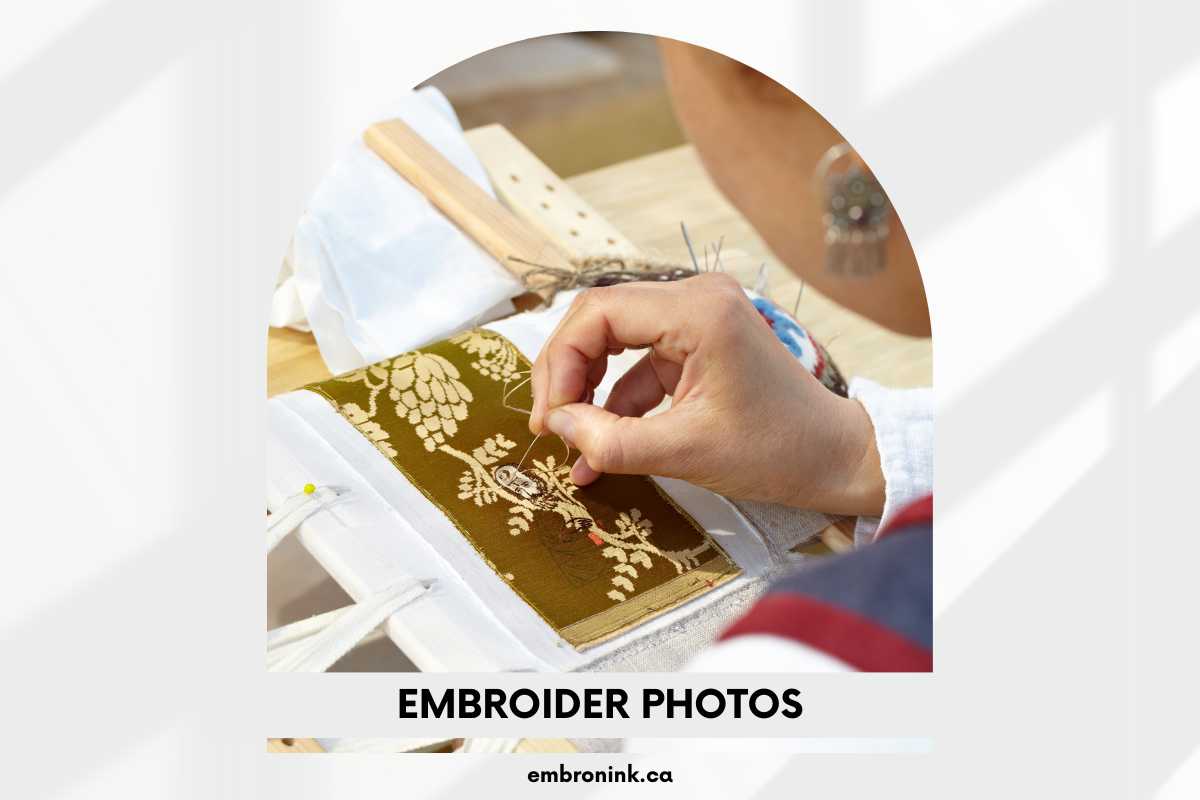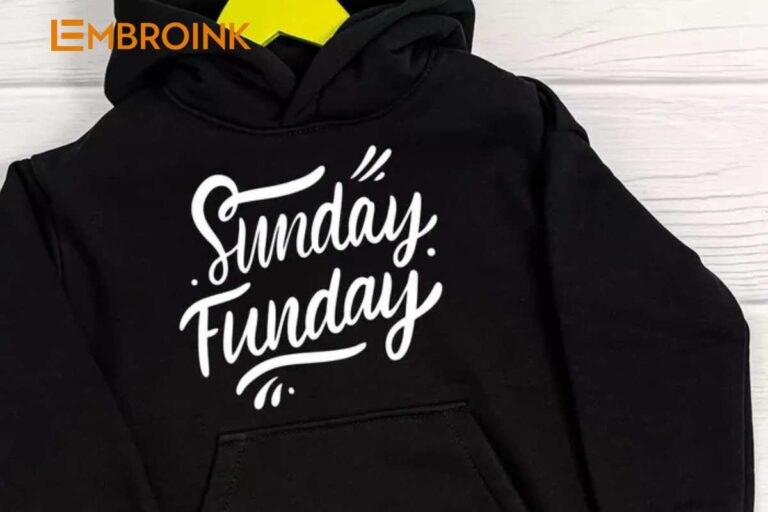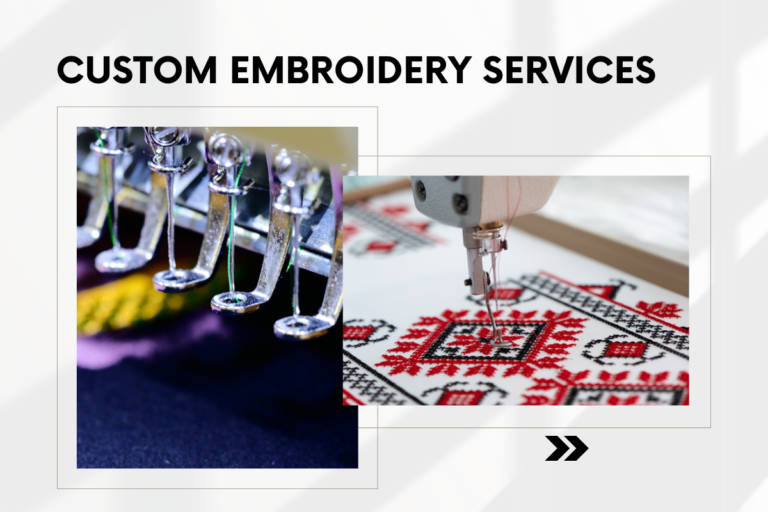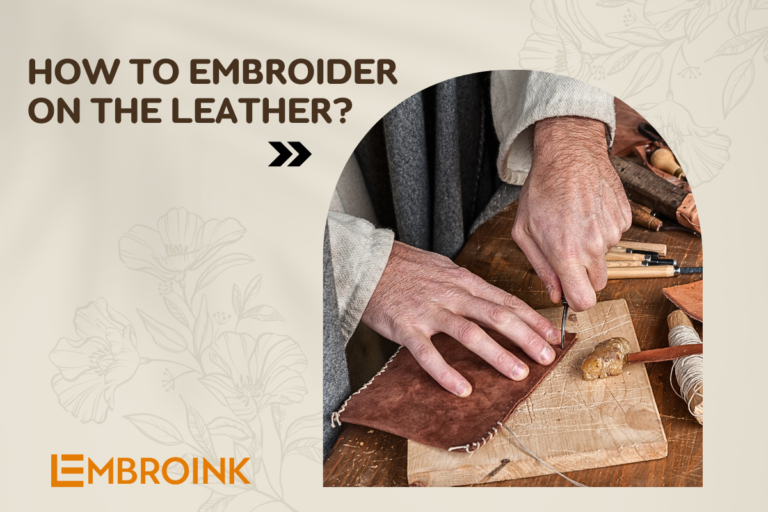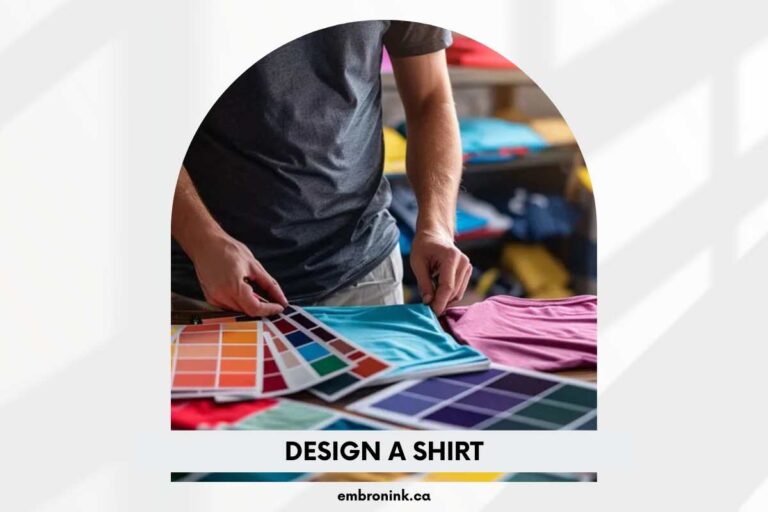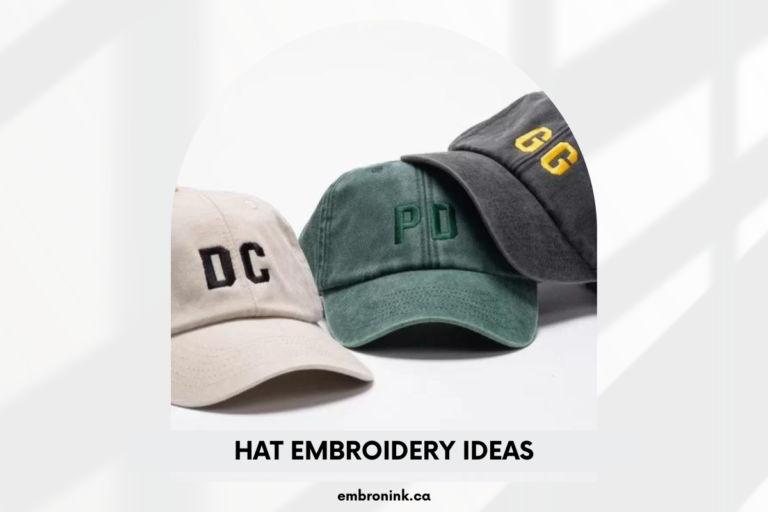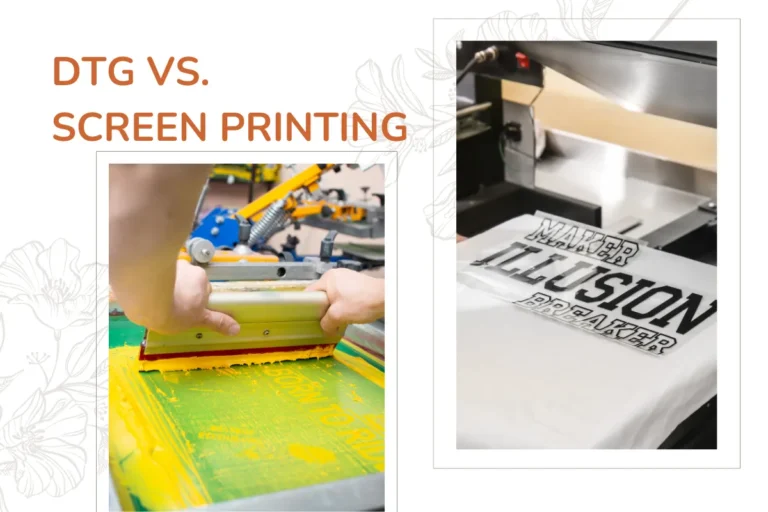What are the best types of thread for hand embroidery?
When it comes to hand embroidery, the type of thread you choose can make all the difference in the final outcome of your work. From achieving vibrant colors to creating intricate details, selecting the right thread ensures both durability and aesthetic appeal. But with so many options available, it can be overwhelming to know which threads are best suited for your project. In this article, EmbroInk will explore the top types of thread for hand embroidery, helping you elevate your craft with the ideal materials.
Overview of Embroidery Thread Brands
When choosing embroidery threads, two major brands dominate the market: DMC and Anchor. Let’s take a closer look at what each has to offer, along with some insights into imitation threads.

DMC
DMC is a giant in the embroidery thread world. Founded in France in 1746, this brand offers an impressive range of around 500 colors. Their classic cotton thread is composed of six individual strands twisted together, allowing for flexibility and control over the thickness of your stitches. DMC’s reputation for quality makes it a go-to choice for many hand embroidery enthusiasts, and its wide availability ensures you can find it almost anywhere.
What sets DMC apart is the durability and vibrant colors of their threads. All of my kits come with DMC threads, as I find their quality unmatched. You can also purchase DMC thread colors separately, offering a great starting point for those new to embroidery.
Anchor
Anchor threads, similar to DMC, offer six strands of cotton thread and a wide palette of over 450 shades. Founded in 1866 in Paisley, Scotland, but now produced in Hungary, Anchor is another high-quality option for embroidery lovers. The thread’s colors and smooth texture are comparable to DMC, making the choice between these two brands more about personal color preferences and what’s locally available.
One great feature shared by both DMC and Anchor is that they meet the Oeko-Tex Standard 100, meaning they’re free from harmful chemicals. This ensures the safety of your embroidery projects for both the environment and those who wear or handle them.
Imitation Threads
Aside from DMC and Anchor, you may come across cheaper, imitation embroidery threads. These are useful for beginners looking to experiment without the worry of wasting more expensive materials. However, the quality of imitation threads can vary greatly. They are prone to breaking, may not be color-fast, and often haven’t been tested for safety standards.
If you’re working on a project that will face wear and tear, or needs to be washed regularly, it’s best to test the quality of these threads before diving in. While I wouldn’t personally recommend any specific imitation brands, they can be a budget-friendly way to practice your embroidery skills. Just keep in mind that higher-quality threads like DMC and Anchor are more likely to stand the test of time.
Types of hand embroidery Thread
Now that we’ve covered the main brands, let’s explore the different types of hand embroidery thread available and how each can enhance your projects.
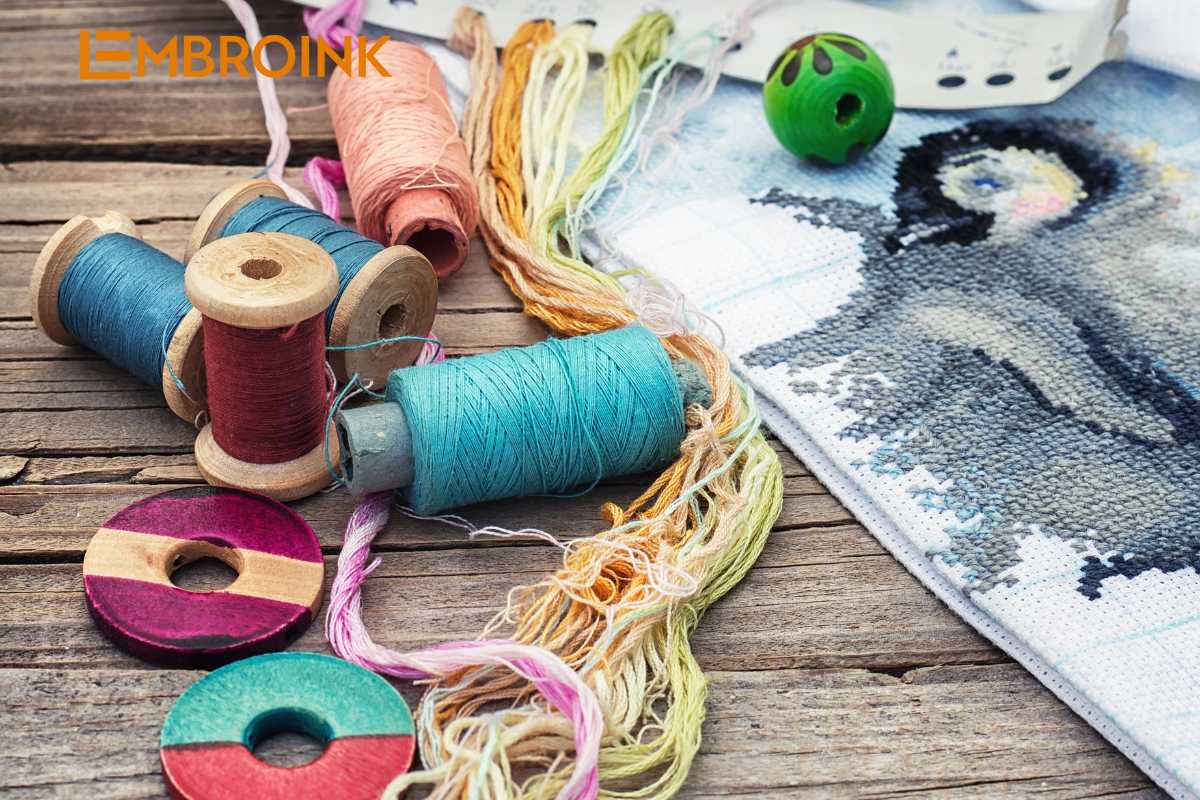
Six-Stranded Cotton
Six-stranded cotton is the most popular type of thread for hand embroidery and is the main offering from brands like DMC and Anchor. This thread consists of six individual strands twisted together, allowing you to adjust the thickness of your stitches by using more or fewer strands.
For most projects, I find that using two or three strands offers the perfect balance between coverage and delicacy. This versatility is what makes six-stranded cotton a go-to choice for embroiderers of all skill levels. Plus, it makes your thread go further, as you can split it into multiple sections.
Pearl Cotton
Pearl cotton is a unique two-ply thread that stands out for its smooth, glossy finish and inability to be separated into finer strands like traditional six-stranded cotton. Its high shine gives hand embroidery pieces an elegant, polished look, adding depth and texture to your designs. Available in various thicknesses, pearl cotton offers flexibility depending on the effect you’re trying to achieve. For bold, raised stitches that really stand out, a thicker option works beautifully, while finer thicknesses can be used for more subtle texture.
The thread’s signature luster is showcased in its twisted skeins or balls, making it a visually appealing choice for any project. However, because pearl cotton cannot be split into thinner strands, it’s best suited for designs that require chunkier stitches or areas where you want to emphasize texture and shine. It might not be the ideal choice for highly detailed or intricate work, where more control and refinement are needed.
Block Colors
Block color threads are the backbone of almost every hand embroidery project due to their versatility and reliability. These solid-colored threads are consistent in hue from end to end, making them ideal for creating smooth, even sections of color in your designs. Whether you’re stitching a bold, graphic motif or a delicate, intricate pattern, block color threads provide the stability and vibrancy needed to bring your vision to life.
One of the key benefits of block color threads is their vast selection of shades. With brands like DMC and Anchor offering over 450 colors each, you can easily find the perfect hue to match your design. From rich, deep tones to light, pastel shades, these threads allow for seamless blending, shading, and detailing in your embroidery work.
In addition to their color range, block color threads are ideal for beginners and seasoned embroiderers alike because of their smooth texture and ease of use. They are typically made of durable cotton, which resists tangling and fraying during stitching. This makes them an excellent choice for long-lasting projects, especially those that may be subject to frequent handling or washing.
Metallic Threads
Metallic threads come in two main varieties: six-stranded cotton with added sparkle or blended metallic-looking threads, usually made from viscose or polyester. Metallic threads can be tricky to work with as they tend to fray and lose their shine faster than traditional cotton. They also have a stiffer texture, making them harder to lay flat on the fabric.
To overcome these challenges, try using shorter lengths of thread and a needle threader. You can also mix a single metallic strand with regular cotton to add a subtle shimmer while maintaining ease of use. Despite the difficulty, metallic threads can bring a stunning final result to your embroidery, especially in festive or decorative pieces.
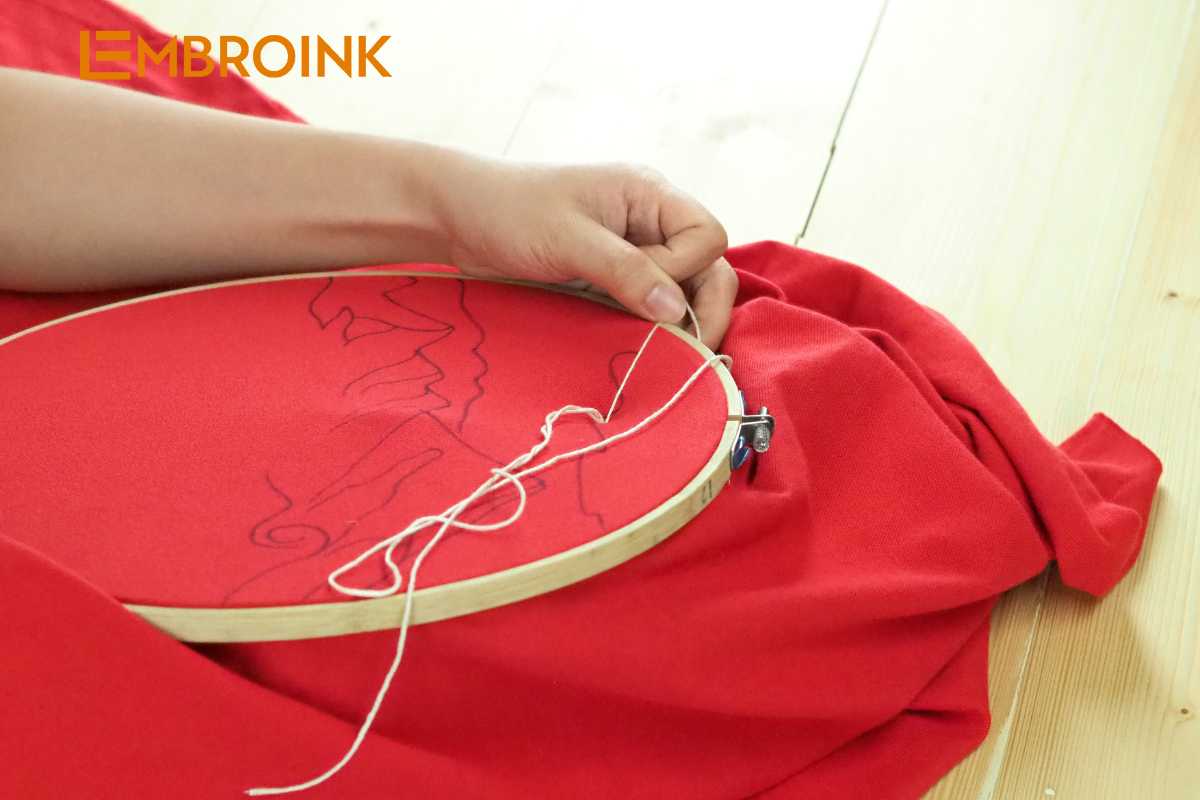
Variegated Thread
Variegated thread brings a lively and ever-changing element to embroidery, making it a fantastic choice for those looking to add a touch of spontaneity to their designs. Like ombre or tie-dye, variegated thread shifts through multiple colors along its length, allowing you to create a beautiful gradient effect without having to constantly change your thread. The color transitions can be subtle or bold, depending on the specific thread, adding depth and visual interest to your embroidery.
This thread is particularly useful when you want to break up solid block colors and introduce texture or a natural, flowing feel to your work. It works especially well for stitching elements like landscapes, flowers, or abstract patterns, where the gradual color shifts can mimic the natural variation found in nature. For example, using variegated thread for stitching leaves or petals can give the impression of light and shadow without having to meticulously change between different shades.
Color Charts
Running out of thread mid-project can be a frustrating setback, especially when the exact color you need is out of stock. This can disrupt the flow of your work and make it challenging to achieve the consistency you envisioned. To prevent this, it’s wise to keep a color chart for your preferred thread brand, such as DMC or Anchor, close at hand. These charts list every available shade, allowing you to quickly identify the color you’re using and compare it to similar tones.
Having a color chart is particularly useful in several ways. First, it helps you plan your project ahead of time. By reviewing the full range of shades available, you can choose colors that complement each other and ensure you have enough of each shade before you begin. This also makes it easier to pick backup colors in case the exact shade you need isn’t available at your local store.

